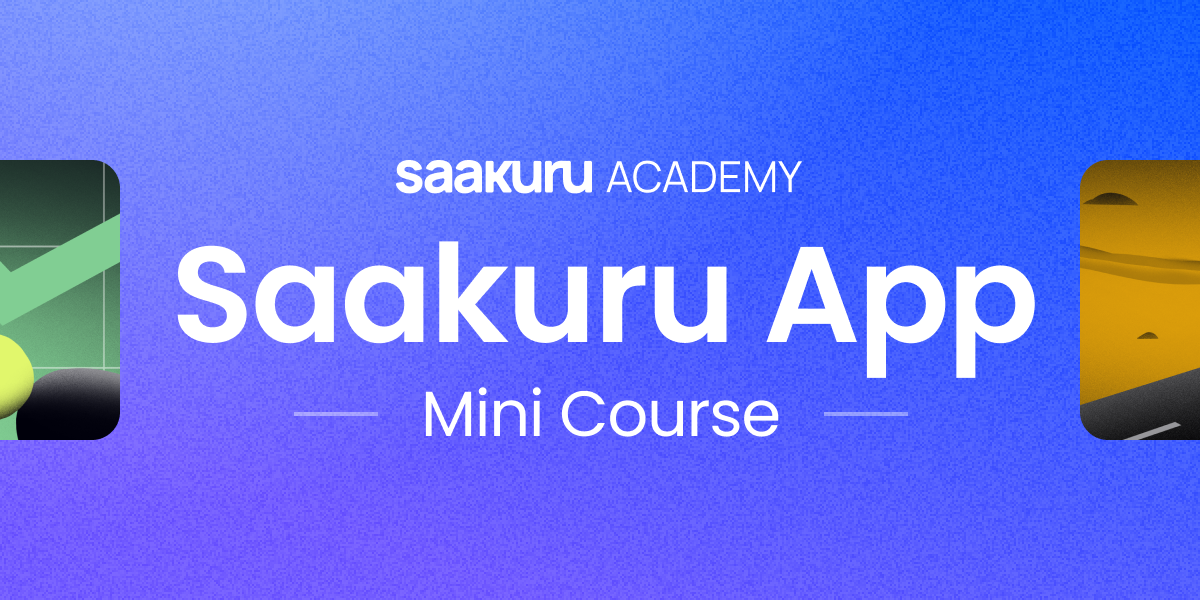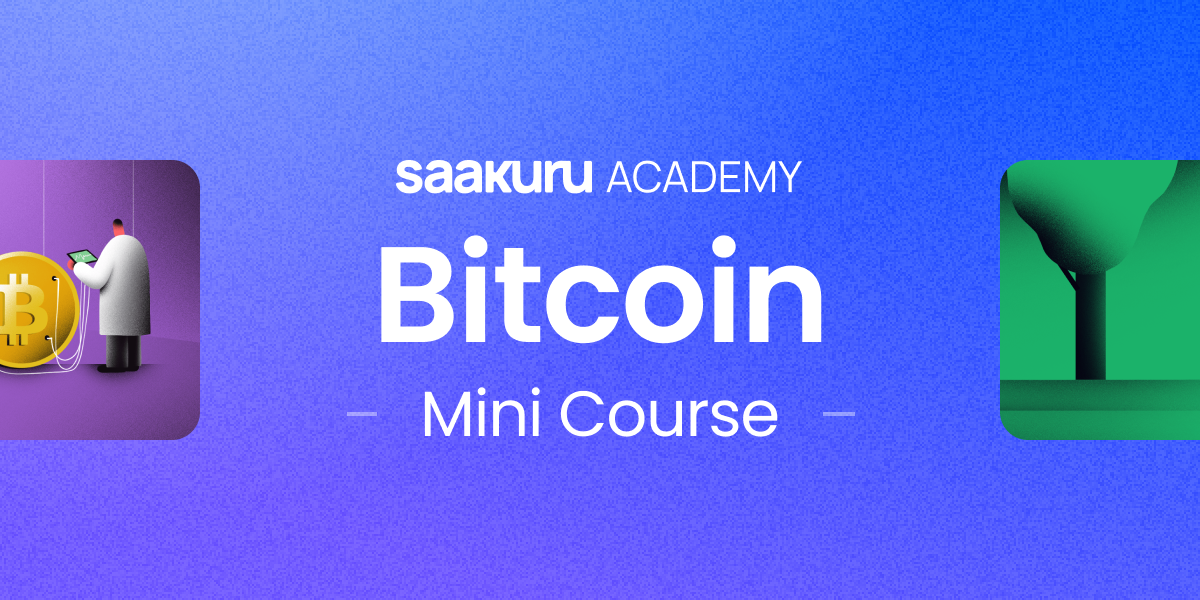
What is a DAO in cryptocurrency?
DAOs have become increasingly popular throughout the cryptocurrency industry over the past decade. With a focus on decentralization, they give an ever-growing number of blockchain projects the ability to operate entirely autonomously, without any human input. They also put all power and governance in the hands of their communities.
In this AAG Academy guide, we’ll explain what DAOs are, what they do, and how they work. We’ll also look at their benefits and problems, and answer some of the most common questions users have about DAOs today.
What is a decentralized autonomous organization (DAO)?
DAO stands for “decentralized autonomous organization,” which is the name given to what is essentially the backbone of many cryptocurrency projects. You can think of them like traditional organizations or corporations, except instead of being controlled from the top down, they are controlled from the bottom up — by token holders who vote on a project’s direction.
This means that potential changes or improvements to a DAO are first proposed, and then the community votes on which ones should go ahead. DAOs are exclusively blockchain-based, and the way in which they operate is laid out in the foundational rules written into their smart contracts. Their treasuries are also built in and cannot be accessed without approval.
Bitcoin is sometimes thought of as the first DAO because it operates by collective agreement among token holders. But DAOs have changed a bit since Bitcoin launched, and so Dash, which launched in 2014 as “Xcoin,” is widely considered to be the earliest example of the type of DAOs most commonly used by decentralized blockchain projects today.
What do DAOs do?
DAOs are now used for all kinds of purposes. Dash itself is an “altcoin” — an alternative to Bitcoin that was forked from the original Bitcoin protocol — and a large portion of the DAOs in existence today are also cryptocurrency or decentralized finance (DeFi) projects primarily. However, for many years now, lots of other use cases for DAOs have been emerging.
Charities and other fundraising organizations, NFT launchpads and marketplaces, and investment groups are all taking advantage of DAOs today. Some of the most unique DOAs are ConstitutionDAO, which purchased an original copy of the Constitution of the United States, and PleasrDAO, a group of art collectors who own the sole copy of a special Wu-Tang Clan album.
How do DAOs work?
As we mentioned earlier, a DAO is defined by a project’s smart contract, which is essentially a program that runs on the blockchain to facilitate cryptocurrency transactions and other key functions. The smart contract is executed automatically once certain conditions are met, or when its rules are adhered to, so it needs no human interaction to function.
This is a key component of DAOs, which allows them to be completely autonomous and decentralized. Another important aspect worth noting is that a DAO’s smart contract cannot be altered by an individual or a group of people without community approval. Any proposed changes must first be put to token holders, who vote to determine which ones go ahead.
Smart contracts also hold a DAO’s treasury — the money that has been invested into the project by the community — which, like the contract itself, cannot be spent or used in any way without permission from the wider community. What’s more, they are completely transparent; anyone can access a smart contract’s code on the blockchain to see exactly how the DAO is set up.
What are the benefits of a DAO?
The biggest benefits of a DAO, as we’ve touched on throughout this guide, is that they are autonomous and decentralized. There is no central entity that holds all of the power, so the community itself has complete control. Self-enforcing code is responsible for how the DAO operates, so there can be no unexpected operations or results.
An added benefit of this is that any member of the community can put forward a proposal for changes or improvements. If a token holder has an innovative idea that they believe would enhance the project, or they disagree with an element of the DAO’s existing operation, they can share their suggestions so that the rest of the community can vote on them.
Furthermore, because DAOs are based on blockchain technology, they are completely transparent, and anyone can examine their smart contracts to find out exactly how they operate. This means that a DAO’s original creators cannot conceal potentially malicious activities that could be used to scam unsuspecting users or investors.
What are the problems with DAOs?
Of course, nothing is perfect, and it’s important to note that DAOs have their downsides, too. One of those is that despite the fact that the concept of a DAO has existed for almost a decade now, the technology itself is still in its infancy. There are plenty of unanswered questions that make DAOs unsuitable for certain projects and decentralized organizations.
Some of those are around the legality and security of DAOs. Many are still skeptical that trusting large communities to make an organization’s key decisions, particularly when they involve large portions of the organization’s funds, is a good idea. Others fear that bugs and vulnerabilities in smart contracts — which aren’t uncommon — are a big reason not to trust them.
These concerns aren’t exactly exclusive to DAOs; some researchers and experts have similar feelings about other aspects of blockchain and cryptocurrency technology. That doesn’t mean DAOs should not be used and cannot be useful, but it is important for them to be noted, particularly if you are planning to make a significant investment in a DAO.
References
Frequently Asked Questions
The key components of a DAO is that they are decentralized, automated by smart contracts, and controlled by token holders, who vote on key decisions.
In addition to the problems we’ve outlined in the guide above, one of the biggest limitations of DAOs is their inability to act quickly. Because the community must vote on and approve any and all changes, it means that fixing things like bugs in the code take a lot longer than they should. This can give attackers time to exploit any vulnerabilities.
Much of a DAO’s funding comes from investors, who put capital into the project in exchange for governance tokens. Some also offer goods or services, such as NFTs.
The primary advantage of a DAO is that it allows for a completely decentralized and autonomous organization that requires no human input. This can be ideal for lots of projects, particularly in the blockchain and cryptocurrency industries, where decentralization is important.
Disclaimer
This article is intended to provide generalized information designed to educate a broad segment of the public; it does not give personalized investment, legal, or other business and professional advice. Before taking any action, you should always consult with your own financial, legal, tax, investment, or other professional for advice on matters that affect you and/or your business.
Get news first
Be the first to get our newsletter full of company, product updates as well as market news.

















